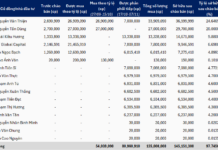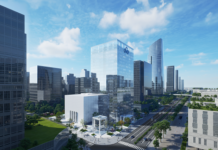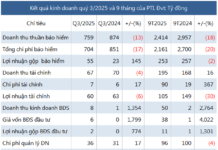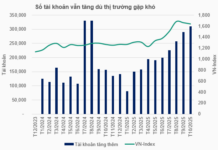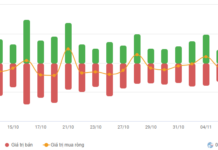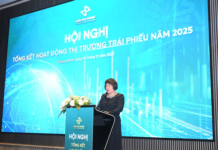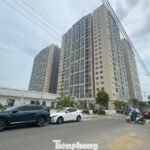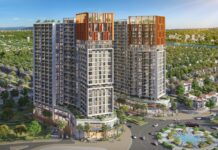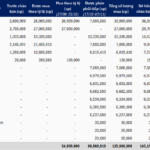Shifting Buyer Preferences in the Real Estate Market
Speaking at the 2025 Residential Real Estate Forum themed “Satellite Waves” in Ho Chi Minh City, Mr. Vo Hong Thang, Deputy General Director of DKRA Consulting, noted that the apartment market in Ho Chi Minh City and its surrounding areas has shown promising recovery signs in the first eight months of 2025. Both supply and demand have surged, with over 28,000 units launched—a 58% increase year-on-year—and absorption rates exceeding 20,000 units, more than triple the 2024 figure.

Buyer preferences in real estate have evolved significantly.
In the townhouse and villa segment, supply reached over 10,000 units, up 71%, with consumption quadrupling to nearly 5,000 units. Land plots saw a modest 3% supply increase but a 2.2x surge in absorption, totaling over 1,100 units.
Market expansion is no longer confined to Ho Chi Minh City, extending notably to neighboring provinces. Former Long An province stands out, accounting for 40% of supply and 67% of primary consumption in townhouses and villas.
Meanwhile, former Binh Duong province surpassed Ho Chi Minh City in both apartment supply and consumption, capturing 45.5% and 46.7% of the market, respectively. However, segmentation remains evident, with Ho Chi Minh City focusing on high-end, Class A apartments, while Class B and C units dominate in adjacent provinces.
Buyer preferences have shifted, reflecting distinct priorities between end-users and investors. End-users, often first-time buyers with moderate budgets, prioritize practical factors such as project location, proximity to work and schools, living environment, pricing, and bank financing options.
Investors, typically existing property owners with surplus capital, seek profitable opportunities, focusing on transportation access, future planning, payment terms, and developer reputation.
DKRA Realty’s distribution data reveals that investment demand still outweighs end-user demand. Notably, investors aged 35–44 constitute 36%, while end-users aged 25–34 make up 40%.
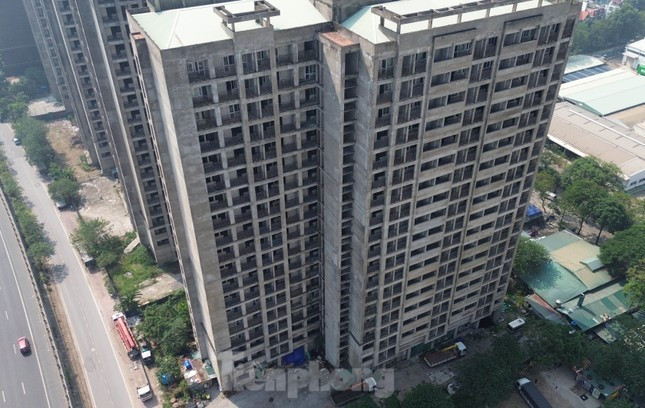
Project legality has become a critical factor in buyer decision-making.
The younger buyer demographic reflects societal shifts, with younger generations prioritizing experiences and green living in transit-oriented developments (TODs). Project legality is increasingly pivotal in purchase decisions.
To align with evolving customer needs, developers are adjusting strategies, focusing on affordable, livable products and planning satellite cities with integrated infrastructure. Green, smart, and sustainable real estate trends are gaining traction, enhancing resident experiences.
26 Years to Afford a Home
Dr. Can Van Luc emphasized that real estate firms must restructure operations, manage cash flow risks, and avoid over-diversification. Many firms face financial strain from concurrent projects in the same area, necessitating early warnings to prevent long-term negative impacts.
A striking statistic reveals that Vietnamese civil servants require nearly 26 years of income to afford an apartment, highlighting the disparity between property prices and wages compared to global averages.
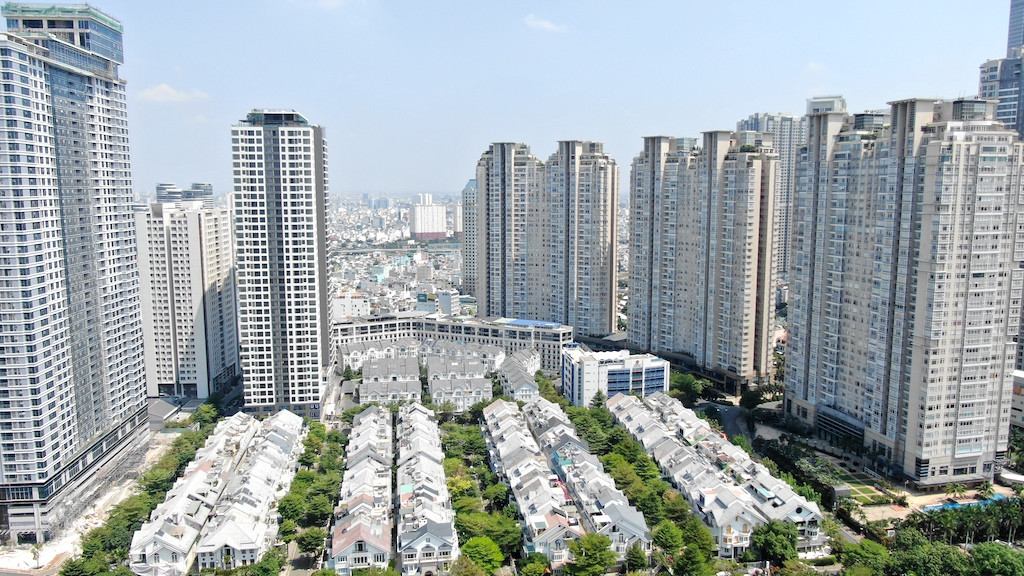
Many firms face financial strain from concurrent projects in the same area.
Price control, product diversification, and transparent land databases are essential to address affordability. Enhanced corporate governance and compliance with revised Land Law, Housing Law, and Real Estate Business Law are critical for sustainable growth.
Dr. Luc noted that opportunities outweigh challenges, and strategic policy measures—such as diversifying capital sources, establishing national housing funds, and promoting cashless payments—are vital for market stability and affordability.
“Six key issues require attention: capital diversification, anti-waste measures in land management, and public investment to drive economic growth and a transparent real estate market,” he concluded.
Hanoi Apartment Prices Skyrocket by 300%
Over the past decade, apartment prices in Hanoi have tripled, making the dream of homeownership increasingly unattainable for many.
Affordable Commercial Housing: Shaping the Future of Vietnam’s Urban Landscape
Amid rapid urbanization and the escalating demand for housing, affordable housing has emerged as a pivotal element in shaping the future of Vietnam’s major cities. This segment not only addresses the growing need for accessible living spaces but also plays a strategic role in fostering sustainable urban development. As cities expand, the focus on affordable housing ensures inclusivity, enabling a broader spectrum of residents to thrive in these dynamic metropolitan landscapes.
Danang Releases 300+ Affordable Housing Units, Starting from VND 700 Million per Unit
The Danang Construction Corporation is proud to announce the release of a new residential project: Bàu Tràm Lakeside. This vibrant, eco-friendly urban development offers a unique opportunity to secure a home in an idyllic, nature-rich setting. With a focus on sustainable living and a vibrant community, Bàu Tràm Lakeside presents an exciting prospect for those seeking a harmonious balance between modern convenience and a tranquil, natural escape.











